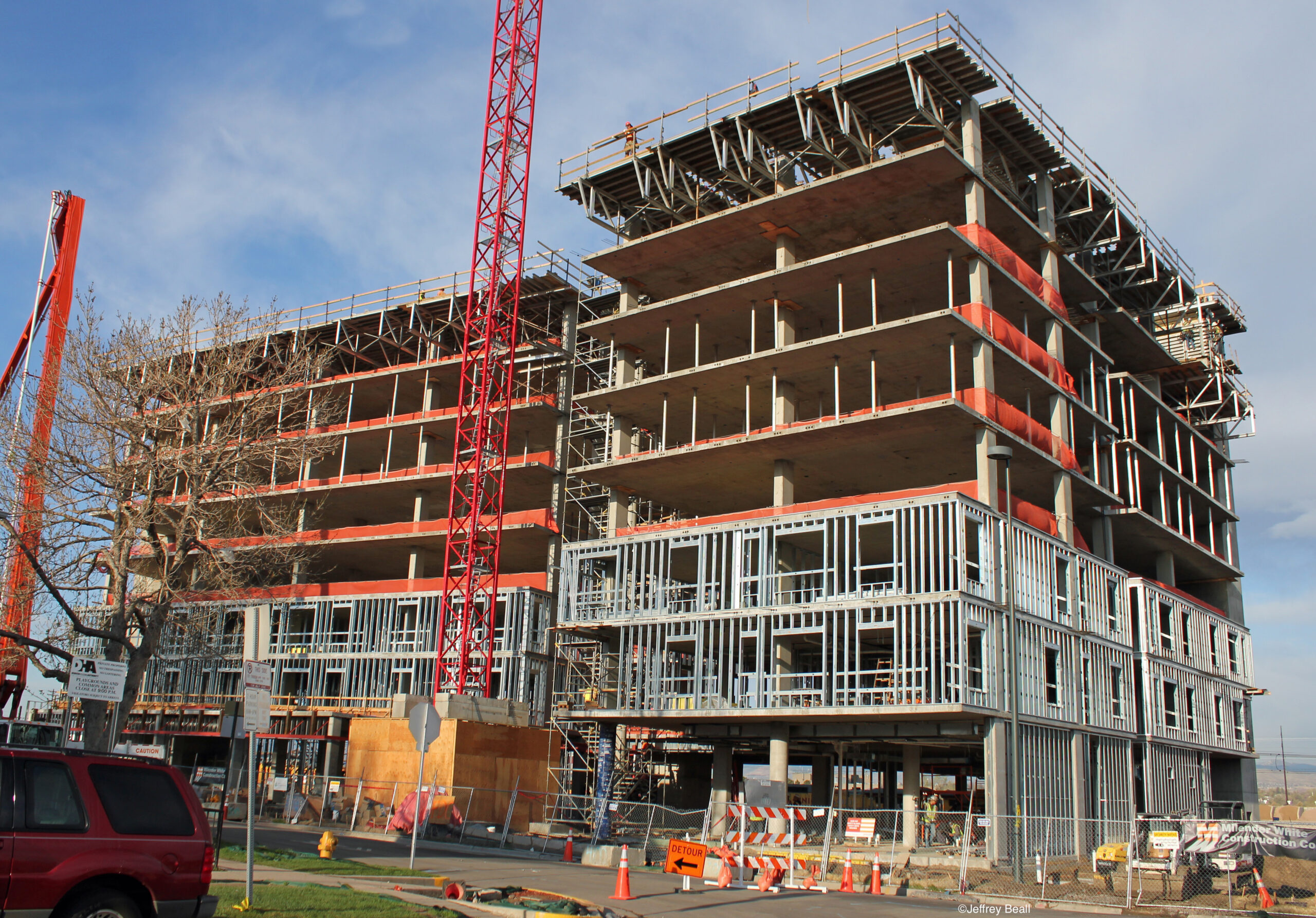California’s twin housing and homelessness crises continue to fester. The Legislature in recent years passed some useful bills promoting housing construction by streamlining the local approval process, such as Senate Bills 9 and 10 from 2021. Yet cities remain plagued with homeless encampments. Housing prices, despite soaring interest rates that ought to depress demand, keep rising.
On Oct. 3, CoreLogic reported the median sales price for a U.S. single-family stood at $375,000 in August, with California’s $705,000 nearly double that, and the highest in the nation. The Los Angeles-Long Beach-Glendale metro area saw a 1.3% increase from a year earlier, with another 4.6% jump forecast for the next year. It was even higher for San Diego-Carlsbad, with a 4.3% jump the past year, and 5.5% forecast for the next year.
Why haven’t previous housing bills cut housing costs? I asked Nolan Gray, research director of California YIMBY, for Yes In My Back Yard. “Your point is well taken,” he said. “While we’ve seen a lot of progress in recent years, we need to do more to remove regulatory barriers to housing in California, and faster.”
He pointed to some earlier YIMBY victories, especially Accessory Dwelling Unit – granny flat – legislation beginning in 2017 with Senate Bill 229. That created 86,623 new units. And Senate Bill 35 from 2017 “streamlined the construction of nearly 20,000 new units.”
He said some of YIMBY’s best new laws aren’t even a year old. It takes time to get from “laws changing” to “shovels in the ground.” These include two from last year, Assembly Bill 2011, which incentivized multifamily housing on commercial corridors, but took effect only on July 1. And Assembly Bill 2097, which eliminated parking requirements near transit, and didn’t take effect until Jan. 1.
Watch the Free Cities Center video about SB 9 with CA YIMBY’s Matthew Lewis.
Gov. Gavin Newsom signed the following four bills sponsored by California YIMBY:
Assembly Bill 976 is by Assembly member Phil Ting, D-San Francisco. It will make permanent existing temporary protections to build granny flats.
Assembly Bill 1633 is also by Ting. It’s a promising reform of the California Environmental Quality Act (CEQA) that would prevent cities from using loopholes to block or delay otherwise compliant developments. Could this be the beginning of comprehensive CEQA reform, which may be the best way to advance more housing construction? Let’s hope so.
Senate Bill 423 is by Sen. Scott Wiener, D-San Francisco. It would extend and expand SB 35 to further streamline the construction process by applying its loosened rules to the coastal zone and to non-subsidized projects. Nolan said it “would remove needless regulatory hurdles in the parts of the state building the least housing.”
Read Pacific Research Institute Free Cities Director Steven Greenhut’s column about SB 423.
Senate Bill 684 is by Sen. Anna Caballero, D-Merced. It would streamline the subdivision process, making it easier to build starter-home subdivisions. Excessive regulations, which drive up the cost of building and reduce the number of buildable lots, incentivize the construction of mega-mansions (to recoup the costs) rather than more affordable, smaller houses.
There are two other bills California YIMBY did not sponsor, but supports. Newsom also signed these:
Assembly Bill 835 is by Assembly member Alex Lee, D-San Jose. It would require the state fire marshal to study state building-code provisions that raise housing costs without meaningfully advancing safety.
Senate Bill 4 is also by Wiener. It would guarantee the right of faith groups and nonprofit colleges to build affordable housing on their property.
Other factors, good and bad, could possibly also reduce high housing prices. Chapman University in June forecast a recession in 2024, which could dampen Orange County housing prices by 11%. Two weeks ago, I talked to Raymond Sfeir, director of Chapman’s A. Gary Anderson Center for Economic Research. He affirmed the recession forecast.
Yet the fundamental problem has yet to be fixed. In a Sept. 27 interview in The Orange County Register, RAND Corp. economist Jason Ward blamed continuing city policies for blocking new construction. “From a policy perspective, we treat housing as a societal bad,” he said.
“What we’ve really done is made it so expensive here that it’s not really a feasible or even desirable place to live for a lot of people. And along with that comes major problems like homelessness…. Lack of affordability is, to me, the issue that links everything,” he added. “Both theory and evidence point to high housing costs being the result of a lack of supply. Housing underproduction relative to demand leads to higher rents and higher home prices.”
It will take time to see the results of the latest laws, but at least the Legislature is trying to address the situation by making it easier for builders to increase supply.
John Seiler is on the Editorial Board of the Southern California News Group. Write to him at [email protected].

